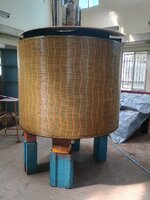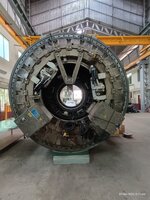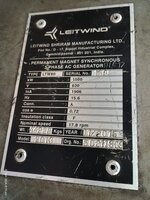Coco_HueHueHue
Electrical
- Apr 8, 2018
- 49
Hello,
Currently working on a project where we integrate a Permanent Magnet Synchronous Generator (PSMG) into a Distributed Generation plant. I did that in the past for Asynchronous Generator and Synchronous Generator (field excitable), but never for PSMG. The unit is only 333kW. The general installation is a small hydro distributed generation plant.
Can anybody here help me find applicable standards or have a good book reference for that kind of equipment?
All I find is for large hydro unit or wind turbine or car industry. I couldn't find anything for small hydro units of this type.
Searching for information on:
- Functional description (how to drive the voltage output since there is no field excitation and how to put them online and manage their speed - I expect like a DSVC and a governor)
- Recommended Protection and Controls.
Thank you for any help anyone can give me on this.
Best regards,
Coco
Currently working on a project where we integrate a Permanent Magnet Synchronous Generator (PSMG) into a Distributed Generation plant. I did that in the past for Asynchronous Generator and Synchronous Generator (field excitable), but never for PSMG. The unit is only 333kW. The general installation is a small hydro distributed generation plant.
Can anybody here help me find applicable standards or have a good book reference for that kind of equipment?
All I find is for large hydro unit or wind turbine or car industry. I couldn't find anything for small hydro units of this type.
Searching for information on:
- Functional description (how to drive the voltage output since there is no field excitation and how to put them online and manage their speed - I expect like a DSVC and a governor)
- Recommended Protection and Controls.
Thank you for any help anyone can give me on this.
Best regards,
Coco



